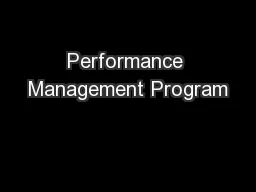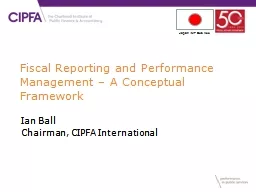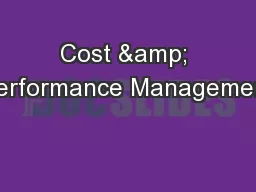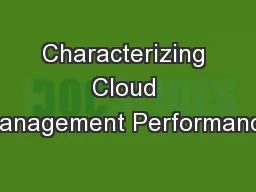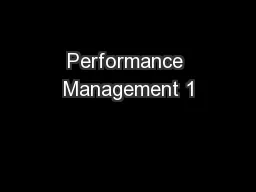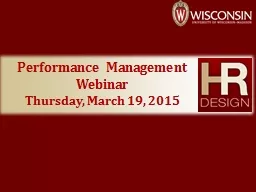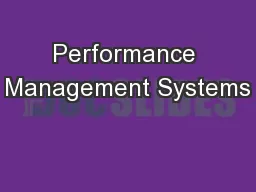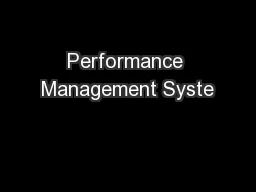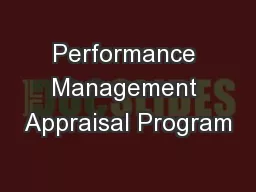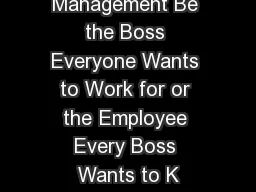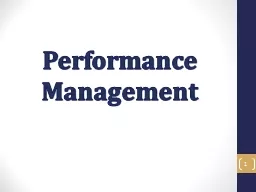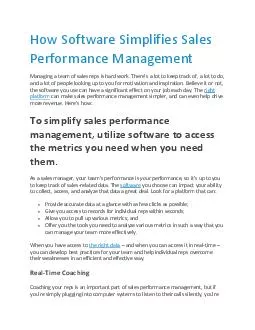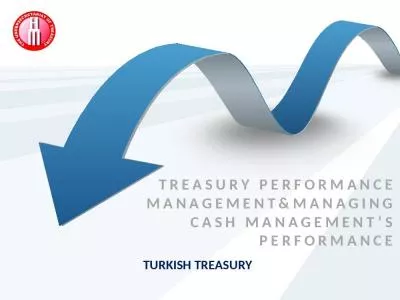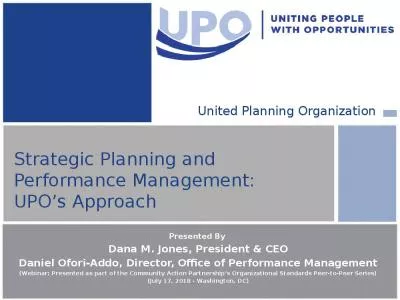PPT-Performance Management Program
Author : phoebe-click | Published Date : 2017-10-26
Employee Performance Review System Introductions Name and Agency How long worked as a supervisor How many employees do you rate or review Questions issues or concerns
Presentation Embed Code
Download Presentation
Download Presentation The PPT/PDF document "Performance Management Program" is the property of its rightful owner. Permission is granted to download and print the materials on this website for personal, non-commercial use only, and to display it on your personal computer provided you do not modify the materials and that you retain all copyright notices contained in the materials. By downloading content from our website, you accept the terms of this agreement.
Performance Management Program: Transcript
Download Rules Of Document
"Performance Management Program"The content belongs to its owner. You may download and print it for personal use, without modification, and keep all copyright notices. By downloading, you agree to these terms.
Related Documents

